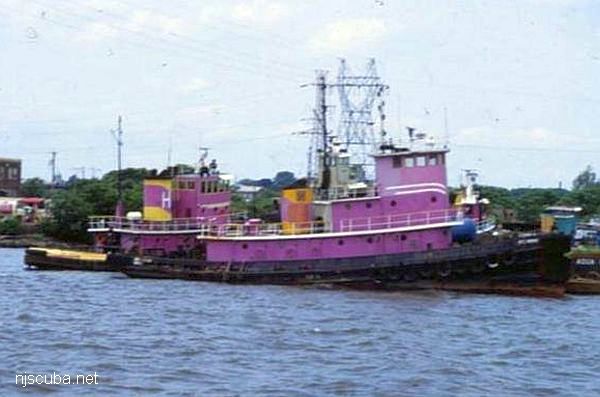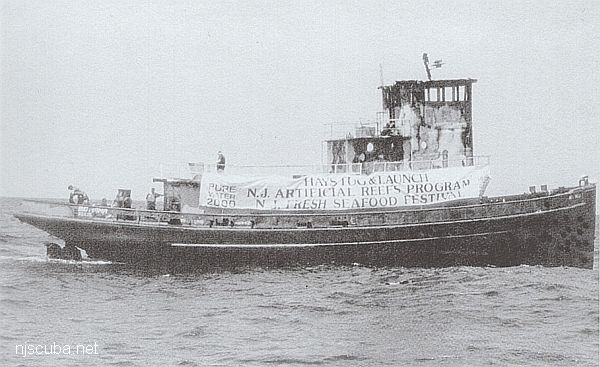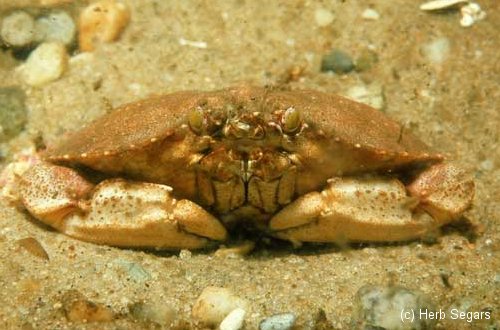Big Mama

- Type:
- artificial reef, tugboat, USA
- Built:
- 1925, Bethlehem Wilmington, Wilmington DE as Stroudsburg
- Specs:
- ( 103 ft ) 195 GT
- Sponsor:
- Hay's Tug & Launch, GDF, Jersey Fresh Seafood Festival
- Sunk:
- Sunday June 9, 1995 - Atlantic City Artificial Reef
- GPS:
- 39°13.961' -74°12.926'
- Depth:
- 75 ft

Built in 1925, by the Bethlehem Steel Company Incorporated of Wilmington, Delaware ( hull #3497 ) as the Stroudsburg for the Delaware Lackawanna and Western Railroad of Lackawanna, New Jersey. The tug was later sold and renamed Breton, then Seminole, and then Brigitte Harper. In 1962, the tug was re-powered with a Fairbank-Morse 38D diesel engine, for a rated 1,800 horsepower. Later acquired by the Hay's Tug and Launch Company of Wallingford, Pennsylvania, and renamed Big Mama.
tugboatinformation.com



Questions or Inquiries?
Just want to say Hello? Sign the .